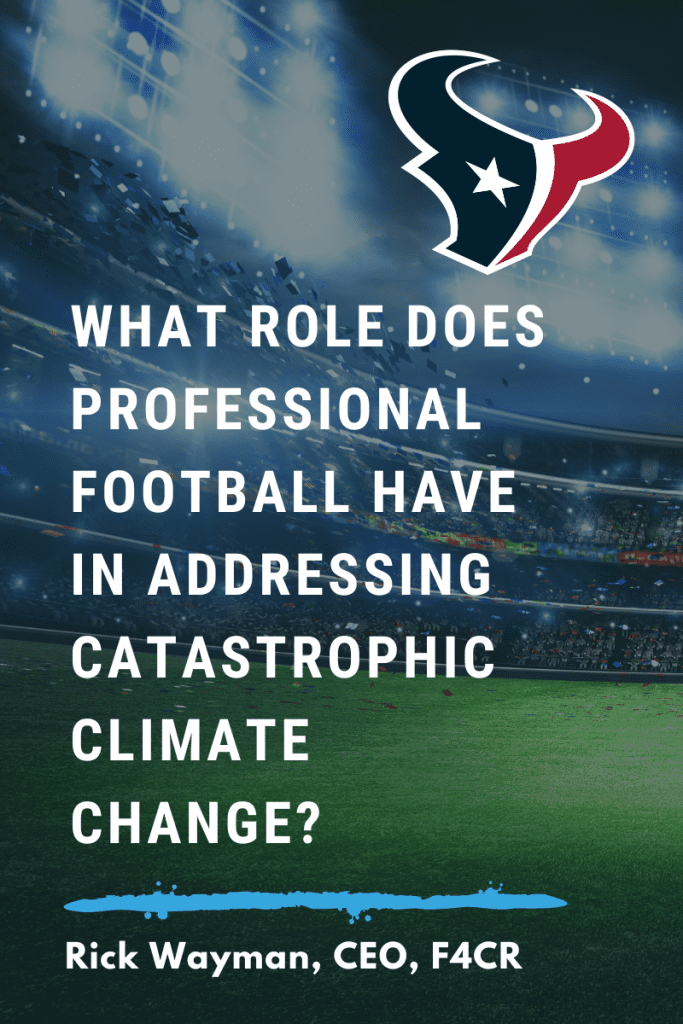By Terri Lyne Pugh & Kate White Tudor
F4CR’s local chapters have always accomplished amazing things, but we are ecstatic about a recent victory from the Pacific Northwest (PNW) chapter.
PNW leader Mike Robinson recognized that the entire west coast is ready to grow the clean green economy. We just need to nurture (fund) researchers and businesses at this early stage when private investors are still learning about the industry’s potential to grow as big and fast as the internet. The PNW chapter, together with the rest of the west coast chapters, formed a team called PacClean to get funding for fledgling Greenhouse Gas Removal (GGR) businesses so they have the chance to move down the cost curve and make a meaningful contribution to climate restoration.
Mike and Chris Neidl, co-founder of OpenAir Collective, brought F4CR and OpenAir together to approach the Washington State Legislature with a proposal to fund grants for greenhouse gas removal through the Washington State budget.
Our team met half a dozen key legislators at a rapid clip. Most of the elected officials engaged with interest, understanding how putting a little money in the budget might make it easier to unlock federal funds and signal that Washington state could be a front runner for hosting this burgeoning industry.
On Monday March 27, the House Capital budget came out, and we were ecstatic! The budget writers heard us loud and clear. They included greenhouse gas removal as an activity eligible for $20 million in grant funds, offered through the Department of Commerce’s research and development program for clean energy. Check out page 22 of the Washington state budget and look for “greenhouse gas removal;” this is what victory looks like!
Mike, Jason, and Terri testified on the capital budget to thank the amazing legislators who made this happen and to ask them to preserve this funding in their final negotiated budget.
This funding still has to go through negotiations to stay in the final capital budget and receive the governor’s signature. We hope to know for sure about this funding opportunity by the end of May. Folks who want to apply for funds should be able to submit applications starting in July of this year. We are delighted to share a glimpse of what successes our members can claim at the Foundation for Climate Restoration.
Acknowledgements:
Thank you to co-author Kate White Tudor, an advocate with over a decade of experience working in Olympia. Thanks to Jason Grillo of Air Miners, Matt Battles, Daphne Wysham, and Mike Robinson, who worked with Kate to strategize about our ask and plan meetings with key legislators in Washington. We also want to acknowledge the work of this amazing Washington team.
